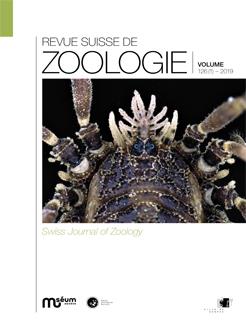The Asian Ortholasmatinae fall into two groups which are attributed to different genera: CladolasmaSuzuki, 1963 from Japan and Asiolasma gen. nov. The latter is established as a new genus to encompass six mainland Asian species, with a relatively homogeneous male genital morphology, that are different from Cladolasma and from all New World ortholasmatines. Seven Asian species are characterized, four of them redescribed: Cladolasma parvulumSuzuki, 1963 (Shikoku Is., southern Japan), Asiolasma angka (Schwendinger & Gruber, 1992) comb. nov. (northern Thailand), A. damingshan (Zhang & Zhang, 2013) comb. nov. (Guangxi, southern China), A. ailaoshan (Zhang, Zhao & Zhang, 2018) comb. nov. (southern Yunnan, China). Three species are described as new: A. juergengruberi (northern Yunnan, China; male and female), A. schwendingeri (northern Vietnam; male and female) and A. billsheari (southern Gansu, China; male). All species are illustrated and keyed. Apparently the Ortholasmatinae is a relict group in Asia, represented by morphologically similar and geographically scattered species. A phylogenetic old age is indicated by plesiomorphic character states (poorly developed keel cell network; simple male genitalia with uniform armature; hood at anterior margin of prosoma with lateral apophyses, interconnected by tubercles at the basis of the apophyses which form minute bridges; species restricted to moist forest litter on mountains). It is assumed that ortholasmatines have originated in what is presently Southeast and East Asia where they now represent a relict group; presumably they arrived in the New World later. American species show a number of apomorphic characters which are largely lacking in Asian species. Species in Asia survive in forest formations from tropical (southern China, northern Vietnam, northern Thailand) to subtropical (southern Japan) and to temperate climate conditions (southwestern and northwestern China). Primeval montane forests with a closed canopy and a moist litter layer are important habitat requirements. Except for two species, only single locality records are known.
How to translate text using browser tools
1 January 2020
An ancient radiation: Ortholasmatine harvestmen in Asia - a new genus, three new species and a revision of the known species (Arachnida, Opiliones, Nemastomatidae)
Jochen Martens

Revue suisse de Zoologie
Vol. 126 • No. 1
March 2019
Vol. 126 • No. 1
March 2019
China
genital morphology
historical biogeography
Japan
New World
relicts
soil fauna





